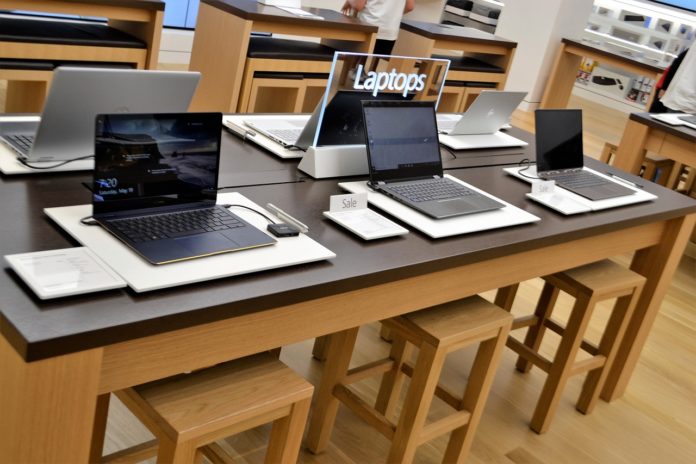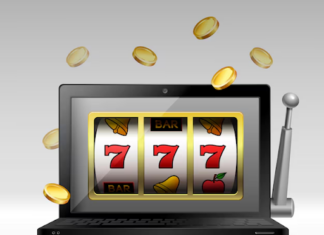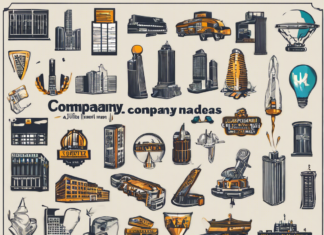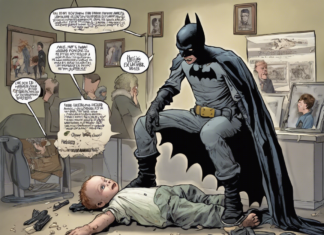Laptops have come a long way, but for speed, power, screen size, and value for money, nothing beats a desktop computer. You’ll be hard-pressed to find a laptop that can equal the value of a desktop PC for the same price. Visit an Australian computer store that has good reviews from its customers. Here’s what you can look for when selecting the best one in any Australian computer store.
Budget: Computers range in price from a few hundred to several thousand dollars. Not only that, but you can upgrade components at any price point, increasing the cost even further. To avoid overspending, make a budget before you go shopping, so you don’t waste time looking at high-end computers that are out of your price range. Using your budget as a minimum guideline for what you want to spend will help you avoid being pulled in by cheaper machines that might not have the performance you need.
Operating system: The decision on which operating system to use is a pivotal one that will have long-term consequences. In reality, it’s arguably the most crucial decision you’ll make since it’ll influence your software choices and, in the case of OS X, your hardware choices (at least in Apple’s Mac family). Each has advantages and disadvantages:
Microsoft® Windows®: It controls the majority of the industry and offers the most diverse set of programs. While Windows 7 is still widely used on older computers, new Windows computers will come with Windows 10, which is designed to run on various devices, including tablets, and includes built-in touchscreen support.
Linux: It’s generally free, as are most Linux programs, and it can run on a wide range of PCs as an alternative to Windows. There are many flavors of Linux, with the most popular being Ubuntu. In some cases, you may have to side with a particular system to use specific programs. Look into each alternative, and spend some time with each one before deciding, if you can.
OS X: Designed to operate exclusively with Apple hardware, offering strong integration that improves program continuity and ease of use. Many Windows programs have OS X variants, and many OS X-only programs support file formats used by Windows programs. Boot Camp, an OS X built-in installer, can be used to install Windows on Macs. This will allow you to run Windows natively on Mac hardware without the need for any device emulation, allowing you to get the most out of your Mac.
Graphics card: Instead of a separate (dedicated) graphics card, entry-level (and even some mid-range) desktop computers can have the graphics processor built into the motherboard (called onboard graphics). Though onboard graphics are usually sufficient for most day-to-day activities, high-end games and other graphics-intensive programs would greatly benefit from a dedicated graphics card (which can also be upgraded down the track). Specific high-end programs can necessitate the use of a dedicated graphics card.
Be wary of ‘Bargains’: If a computer deal seems to be too good to be true, it most likely is. When you save a lot of money, specific components may be missing or obsolete. If you’re a novice, stick with the more prominent brands that offer a variety of packaged systems so you can be confident that everything will work together. It’s usually worth it to invest a little extra to ensure that a machine meets all of your requirements.
Given these constraints, it typically makes more sense to invest a little more in getting a machine with performance capabilities that meet your current needs and potential needs if you buy computers from any Australian computer store.









